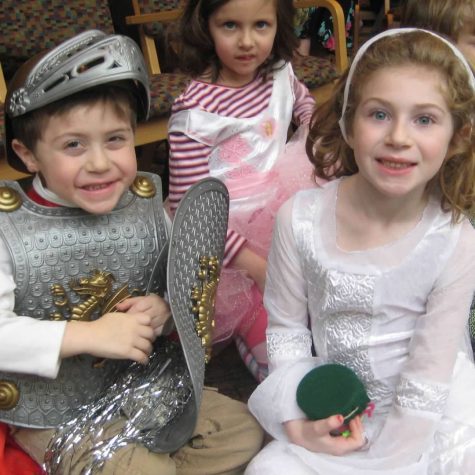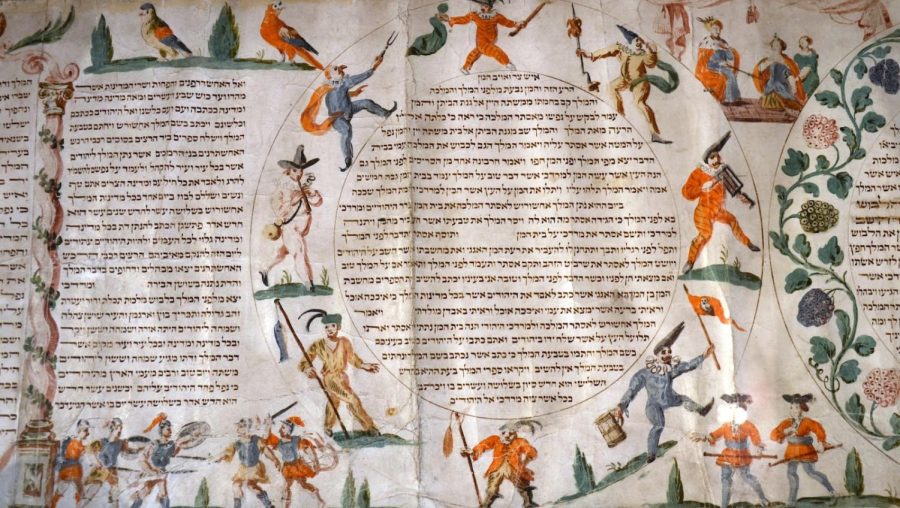A St. Louis rabbi explains the “whole Megillah”
Published March 2, 2023
The Book of Esther, also known as the Megillah, is the story commemorating the saving of the Jewish people from Haman in the ancient Persian Empire.
Esther was a young Jewish woman living in the Persian diaspora who finds favor with the king, becomes queen, and risks her life to save the Jewish people from destruction when the court official Haman persuades the king to authorize a pogrom against all the Jews of the empire.
Esther’s story has become universally beloved and to this day the Megillah continues to be read from a parchment scroll on the eve of Purim.
“The word “Megillah” means scroll. Its Hebrew root is “g-l-l” which means to roll. Scrolls were rolled open and shut,” explains Rabbi Seth D. Gordon of Traditional Congregation in Creve Coeur. “In the Jewish scriptures, known as the Tanakh, there are five designated “Megillot” and the one read on Purim is the Megillah or “Scroll of Esther.”
How to read the Megillah
Before the reading congregations may unroll the scroll and fold it so that it looks like a letter of dispatch. The Megillah is publicly read from the scroll by one or more readers, much like the Torah and must be read standing and not be memorized. During the reading, there are four “verses of redemption” that must be said aloud by the congregation and then repeated by the reader.
The Megillah is traditionally read twice: in the evening before Purim, after the Amidah prayer of the Maariv service and before the Aleinu and in the morning after the Torah reading.
“During the Middle Ages, a custom developed to write out the name of Haman, the minister who plotted the extermination of the Jewish people in the Persian lands, and then erase it as a symbolic act,” said Rabbi Gordon. “Later, Jews developed the custom to drown out his name when publicly read — 54 times. That custom has prevailed today and is beloved by children and the child in adults.”
Along with the reading of The Megillah, congregants will be reminded of the four mitzvot (commandments) of Purim.
“To hear the public reading of the Megillah, to enjoy a special Purim meal, to give at least two food gifts to two fellow Jews, and to give at least two donations to the poor,” explained Rabbi Gordon. “Jews are supposed to include the poor and not forget them for all Jewish holy days.
After reading the Megillah
While the reading of the Megillah can be a raucous and fun experience, the real party to celebrate the defeat of Haman comes after the reading.
“Customs such as dressing up in costume and eating hamentaschen — a pastry filled with poppy, prune, or another type of fruit filling are notable for Purim,” said Rabbi Gordon.” In Israel as well as Jewish communities around the world, even those who do not identify as religious tend to participate in the day that celebrates Jewish life, particularly the failure of a government antisemite to carry out his diabolical plans.”
Spiel is a Yiddish word meaning a “play” or “skit.” Purim spiels have become a staple within synagogue religious schools and might include parades and party’s featuring the story’s main characters, King Ahasuerus, Mordecai, Esther, and the wicked Haman.

For a complete list of all Purim events around St. Louis, click here.
















